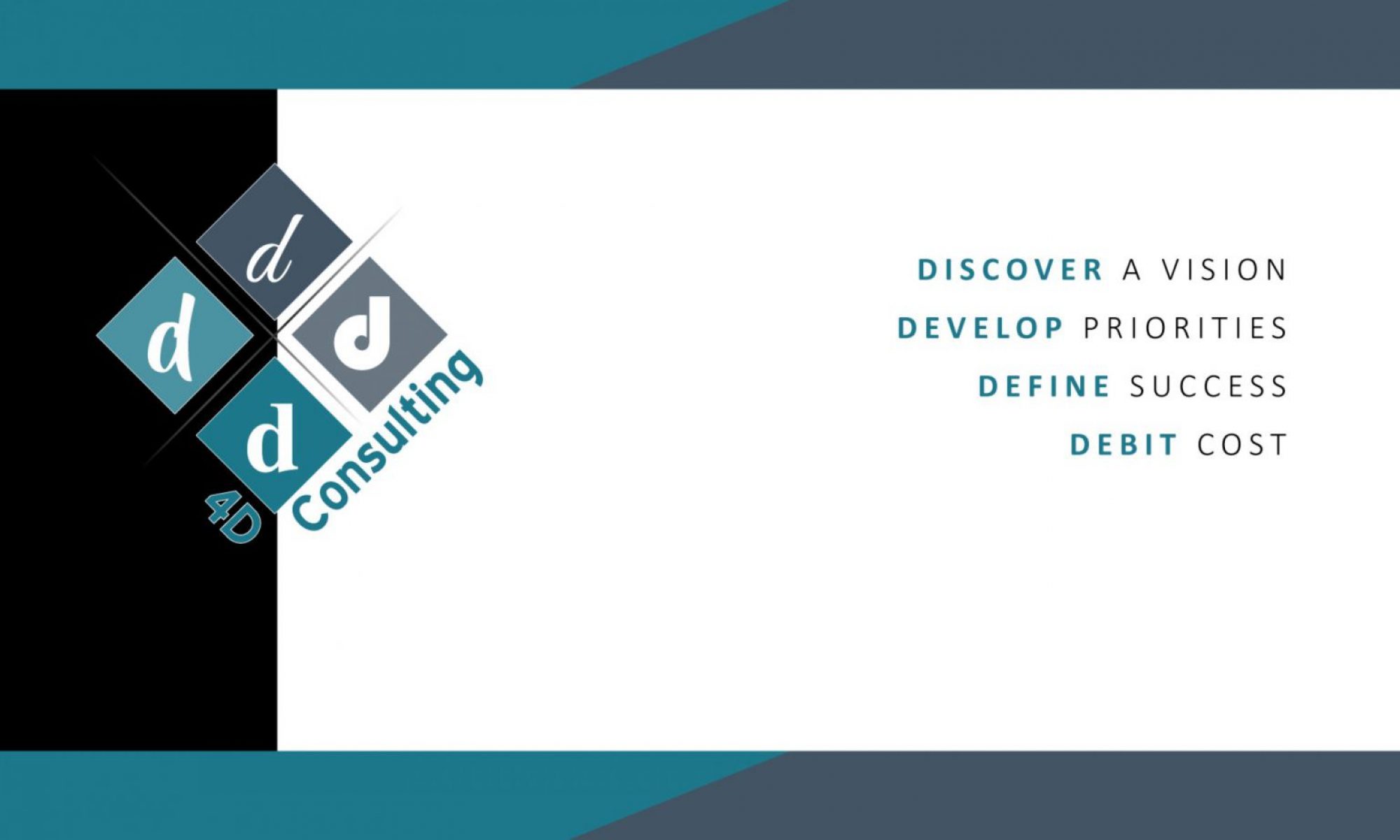In 1899, Howard Carter was appointed Chief Inspector of the Egyptian Antiquities Service. He was only 17 years old. For the next six years Carter made a name for himself through his innovative approach to Egyptian historical artifacts; but his heart was in “the dig” and in 1905 he resigned to return to what he loved best. In 1907, Lord Carnarvon employed him to supervise exaction of the nobles’ tombs. In 1914, Carter was appointed to lead the digs in the Valley of the Kings. This was his dream job. However, the job was soon interrupted by World War One and he spent the next two years as a courier and translator for the British government. Finally, in 1917, he returned to his work in the Valley of the Kings. Season after season his digs failed to produce. Finally, in 1922, Lord Carnarvon informed him that the 1922 season would be his last.There was no more money. Imagine his discouragement! But on the 26th of November,Howard Carter opened a hole and saw the tomb! By February 1923, Carter and his team opened the burial chamber and made the greatest discovery in modern archaeological history—the tomb of Tutankamen.
When I reread that story again recently, I realized how much archaeology and development work have in common. In this blog, my advice is simple: DIG, DIG, Dig! In my experience, it seems that the treasure is often buried right in front of our eyes. The data base manager holds the key and should become your best friend. Most recently, I worked with the Raiser’s Edge data base but most reputable bases have the same abilities. Let me therefore get you started on your archeological dig of the data base by offering four simple starter questions:
- What are the top ten gifts and the amounts the organization has received in your history? For each gift, has the organization maintained a relationship with the donor or the donor family? If not, is there potential for reestablishing the relationship?
- What is your “average” gift. I have used quotation marks because you must first pull your top five gifts and your bottom five gifts before deciding the “average”. Also, take out any one- time unusual gifts. This prevents skewing your results and giving you a false result.
- What is the range of your gifts and how many were received in each category within the range? Your categories may include $1-$50, $51-$250, $251-$500, $501-$1000 and $1001 plus. I worked with one non-profit that received over 8000 gifts a year but almost 75% of those were in the $10-$25 range. That’s important information.
- Finally, ask your data base manager for a list of persons who have made a gift five years in a row. That listing has donors who have already demonstrated organizational loyalty and may be ready for a personal thank you visit and an increase in their annual support. When was the last time these people had a personal thank you for their loyalty?
What other reports can your data base manager suggest that could be helpful in your archaeological dig? Remember, Howard Carter dug in the Egyptian desert for seven years before he saw the fruits of his labors. Get digging—the treasure is there.
DIG, DIG, DIG!!!!!
(In our next blog we will discuss the importance of donor retention in reaching your goals)
For more information on how 4-Dconsulting can help your development efforts, please visit our web site and e-mail or call. We want to make you successful.
